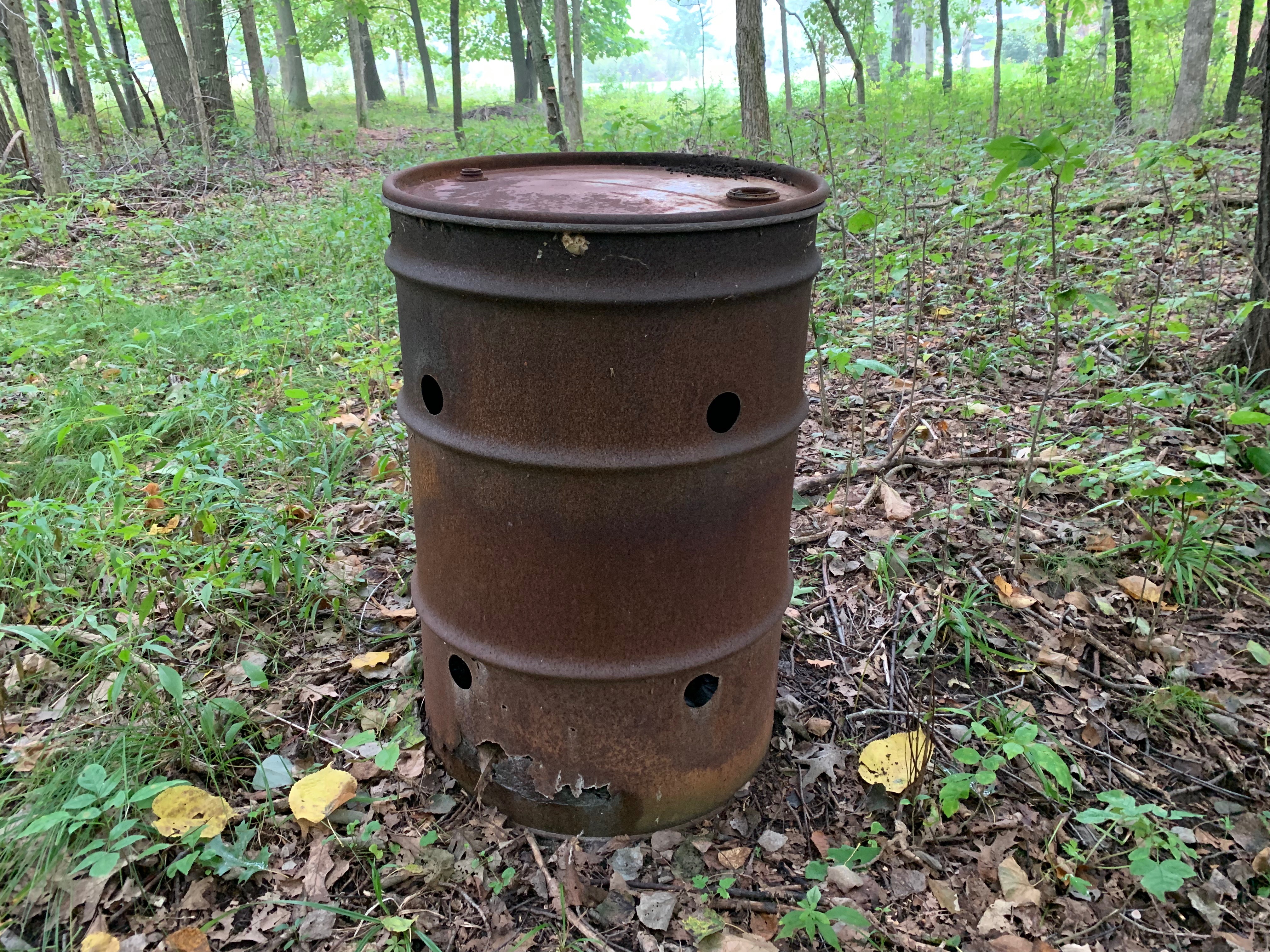Reader Question: We are considering a home in a rural area. Much of the housing stock consists of 1920-30’s homes. How can we determine if there is a buried fuel oil tank somewhere on the property?
Monty’s Answer: According to the US Energy Information Administration (EIA), 5.7 million homes heat with fuel oil today in the US. Oil is a popular choice in several areas of the United States, particularly in more northerly climates or rural areas across the country. Most home inspectors exclude discovering oil tanks or inspecting oil tanks from an inspection. Inspection companies do not explain this inspection exemption. A couple of reasons for this may be that underground storage tanks (UST) are often hard to discover, and expensive to remove and remediate. Some states have programs to help with removal costs. Here is a helpful source of information at http://bit.ly/2meeCR3.
A quick snapshot
Underground storage tanks are a red flag with any property. Your mortgage lender may require an environmental inspection that includes a search for another buried tank. If they discover a tank, the lender will likely require soil testing to ensure that the tank(s) has not leaked.
It is unclear in which state you are looking to buy, but most states have strict regulations regarding underground storage tanks. Individual states may require replacement of old tanks to meet new tank standards. Old steel tanks rust, leak, and they can contaminate your water supply. You may also want to check with your insurance agent to see the extent of their UST coverage.
A checklist to help find a buried fuel oil tank
߀ fill pipe and vent pipe in yard near home
߀ patched holes in foundation wall
߀ do not forget front yard
߀ Fuel oil odor
߀ Patch of ground where grass will not grow
߀ A depression in the yard contour
߀ Records from oil companies, building inspectors, agencies that track oil tanks
߀ Discovery of old gauges in the basement
߀ Oil stains on walls or basement floor
߀ Patched concrete lines that seemingly go nowhere cut in the basement walls or floor
߀ Old cuts in the basement floor near the general location of the furnace
߀ Homes built before 1975 and currently have oil heat
߀ ¼ inch copper pipes at surface or capped above surface
߀ Built before 1975
߀ In an area where oil heated homes are the preponderance.
Back in the old days
Most people were likely unaware of the danger of fuel oil contamination many years ago. If they were aware, some unscrupulous home sellers might have covered up that fact. They would do that when they converted to a different fuel source and replaced the furnace. Alternatively, not knowing better, abandoned the tank. They cut the fill pipe and breather pipe just below the surface and walked away. That is one reason these tanks are hard to find. Many oil-heated homes are up to date with the regulations. Check it out to ensure the home you like does not have an expensive secret.

